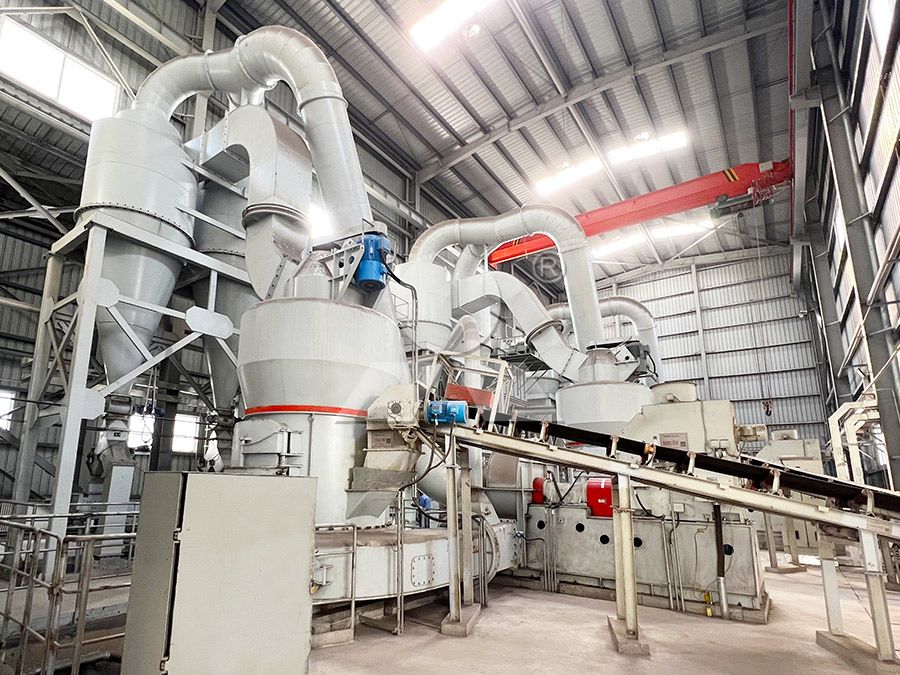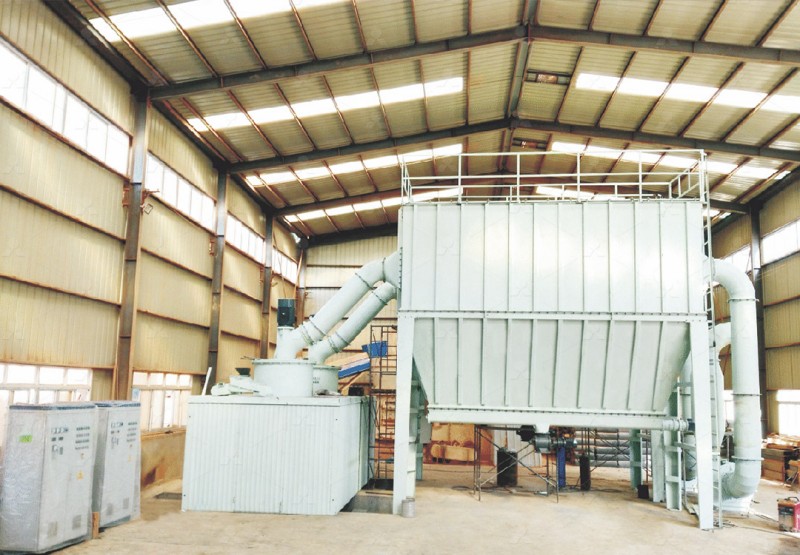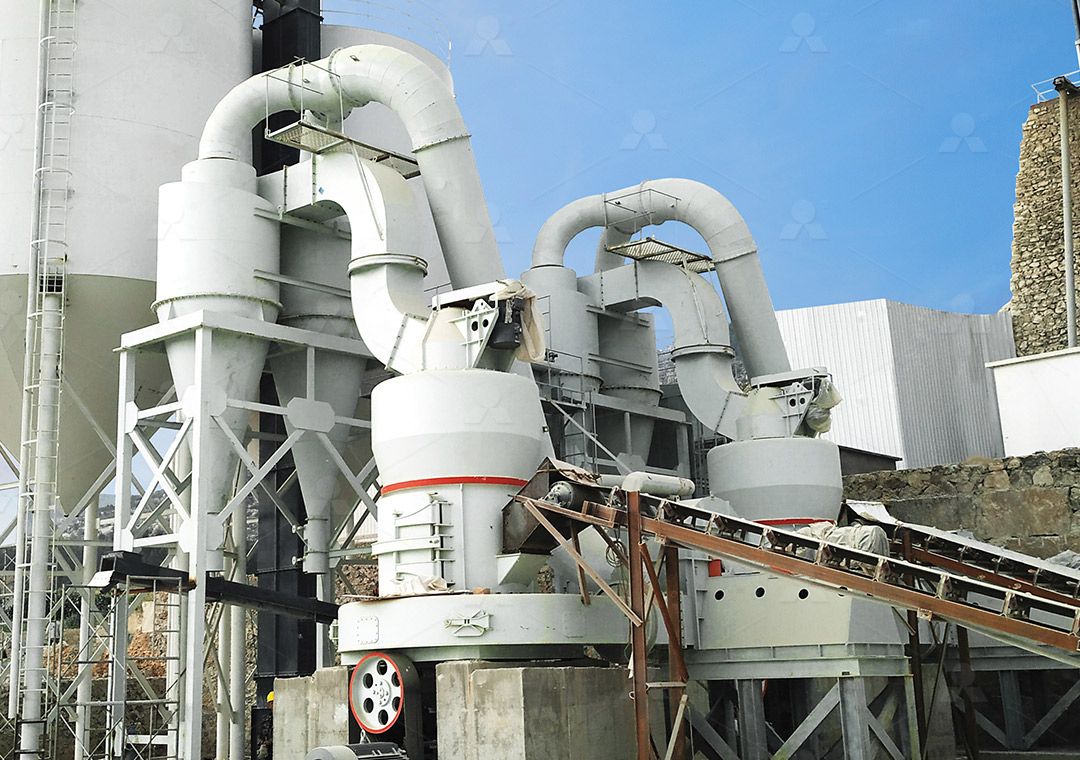Raymond Mill Price in China: Factors and Market Analysis 2024
Raymond Mill Price in China: Factors and Market Analysis 2024
The grinding mill market in China continues to evolve rapidly, with Raymond mills maintaining their position as fundamental equipment across numerous industries. As we navigate through 2024, understanding the pricing dynamics and technological advancements becomes crucial for businesses seeking optimal grinding solutions.
Key Factors Influencing Raymond Mill Pricing
Several critical elements determine the final price tag of Raymond mills in the current market. Raw material costs, particularly for high-grade steel and specialized alloys, have seen fluctuations due to global supply chain adjustments. Manufacturing precision and technological integration significantly impact pricing, with digitally processed components commanding premium values. The incorporation of environmental protection features, such as advanced dust collection systems and noise reduction technologies, adds to the overall cost but proves essential for modern operations.

Production capacity requirements directly correlate with pricing structures. Mills with higher throughput capabilities naturally come with increased investment costs. Additionally, regional variations in manufacturing clusters across China create price disparities, with established industrial zones often offering competitive advantages through economies of scale.
Market Trends and Technological Evolution
The Chinese grinding mill market has witnessed a significant shift toward energy-efficient and environmentally conscious equipment. Traditional Raymond mills are being supplemented by more advanced grinding technologies that offer enhanced performance metrics. The demand for ultra-fine powder processing has driven innovation in grinding chamber design and powder separation technologies.
Among the notable advancements, our MW Ultrafine Grinding Mill represents a significant leap forward in grinding technology. With an input size capacity of 0-20 mm and processing capability ranging from 0.5 to 25 tons per hour, this equipment addresses the growing need for high-precision powder production. The innovative design eliminates rolling bearings and screws within the grinding chamber, substantially reducing maintenance concerns and potential machine damage from loose components.

Specialized Applications and Industry Adaptation
The versatility of modern grinding mills extends across multiple sectors, including chemical manufacturing, construction materials, and food processing industries. The ability to process diverse materials—from limestone and calcite to specialized compounds—has expanded the application scope considerably.
For operations requiring exceptional precision in powder fineness, our LUM Ultrafine Vertical Grinding Mill offers unparalleled performance. Processing materials with input sizes up to 10 mm and capacities between 5-18 tph, this mill incorporates the latest grinding roller technology from Taiwan and German powder separating expertise. The reversible structure design simplifies maintenance procedures, while the double position-limiting technology ensures operational stability under varying conditions.
Investment Considerations for 2024
Prospective buyers should evaluate grinding mills based on total cost of ownership rather than initial purchase price alone. Factors such as energy consumption, maintenance requirements, spare parts availability, and operational lifespan significantly impact long-term profitability. The integration of digital control systems and automated features, while increasing initial investment, often results in substantial operational savings through reduced labor costs and improved efficiency.

The Chinese market continues to offer competitive pricing structures, but quality and technological sophistication should remain primary considerations. Established manufacturers with comprehensive after-sales support and genuine spare parts availability provide greater value despite potentially higher initial costs.
Frequently Asked Questions
What is the typical price range for a Raymond mill in China?
Prices vary significantly based on capacity, features, and manufacturer reputation. Basic models start around $10,000, while advanced systems with comprehensive automation and environmental features can exceed $100,000.
How does the MW Ultrafine Grinding Mill compare to traditional Raymond mills?
The MW Ultrafine Grinding Mill offers 40% higher production capacity compared to jet grinding mills with the same power consumption. It achieves fineness between 325-2500 meshes with superior energy efficiency and reduced environmental impact.
What maintenance considerations are important for grinding mills?
Modern designs like our MW and LUM mills feature external lubrication systems and reversible structures that minimize downtime. Regular maintenance focuses on grinding roller and ring inspection, with most components accessible without complete disassembly.
How has environmental regulation affected mill pricing?
Stricter environmental standards have increased manufacturing costs by 15-20% due to required dust collection systems, noise reduction technologies, and energy efficiency improvements. However, these features reduce operational costs and compliance risks.
What is the lead time for delivery of specialized grinding mills?
Standard models typically ship within 4-6 weeks, while customized configurations may require 8-12 weeks depending on technical specifications and current production schedules.
